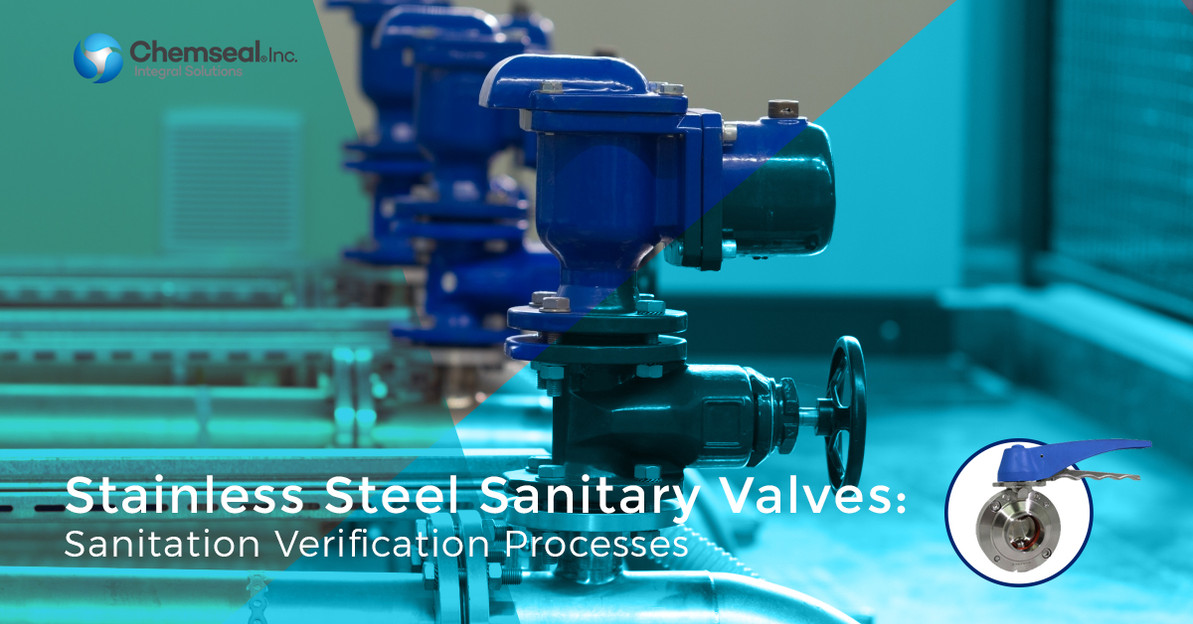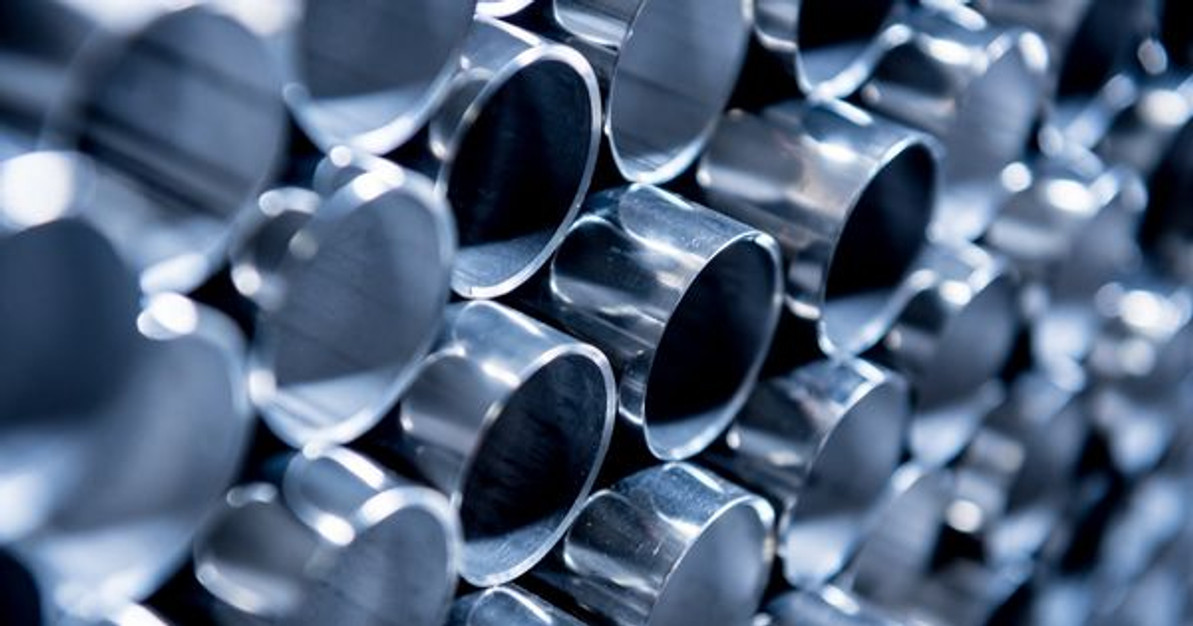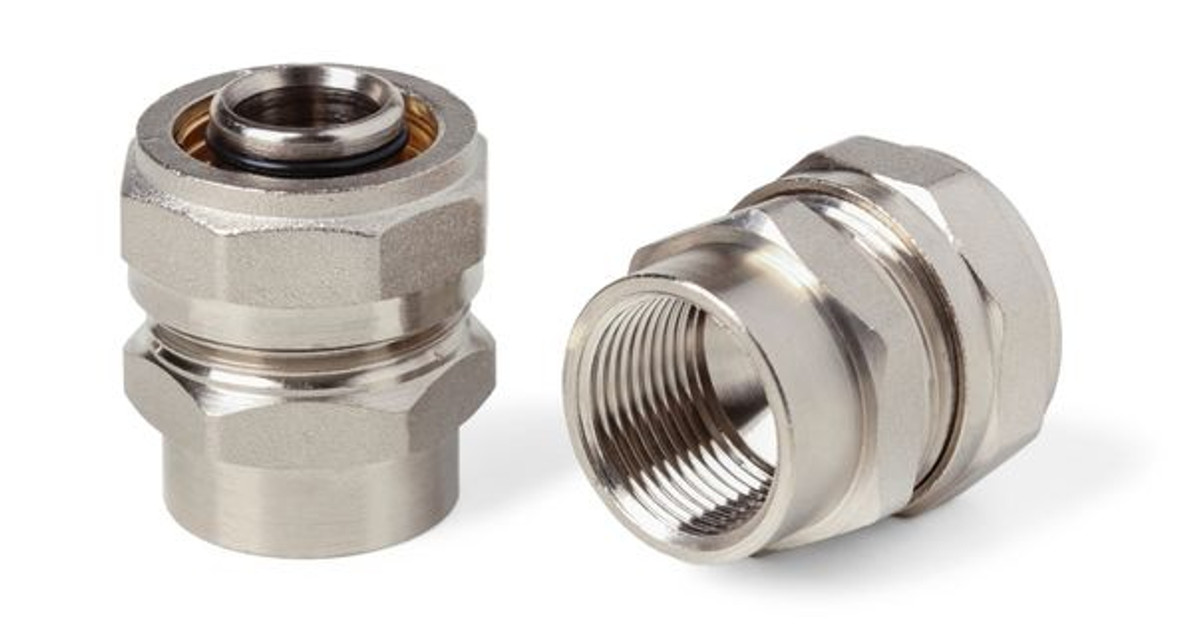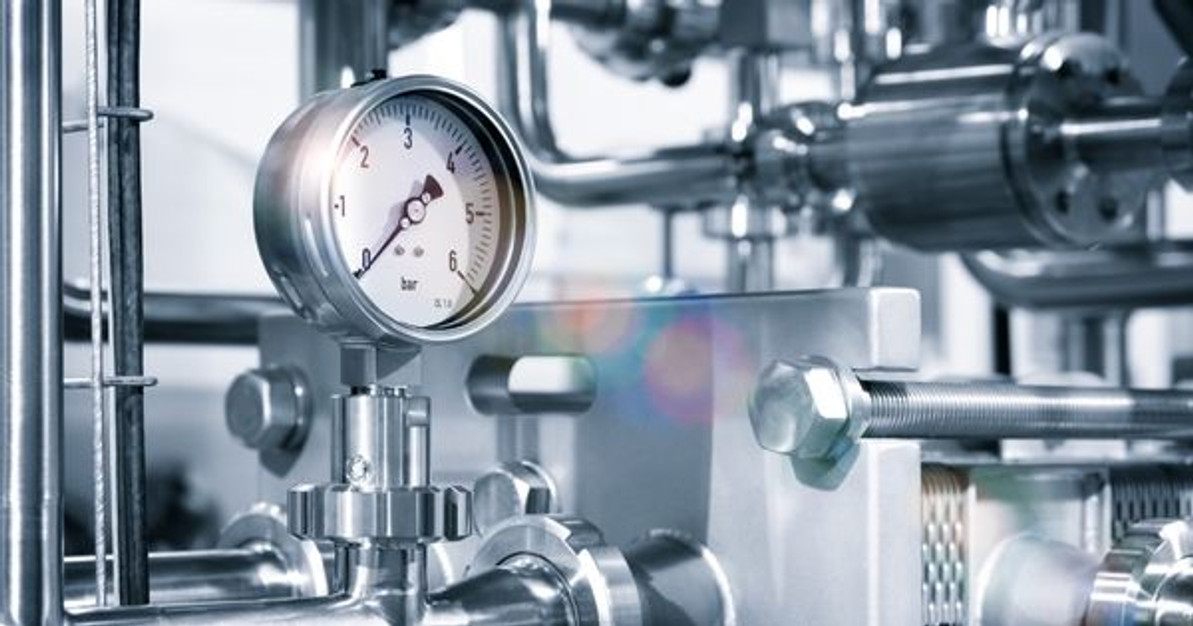 Sep 1st 2017
Sep 1st 2017 Stainless Steel Sanitary Valves: Sanitation Verification Processes
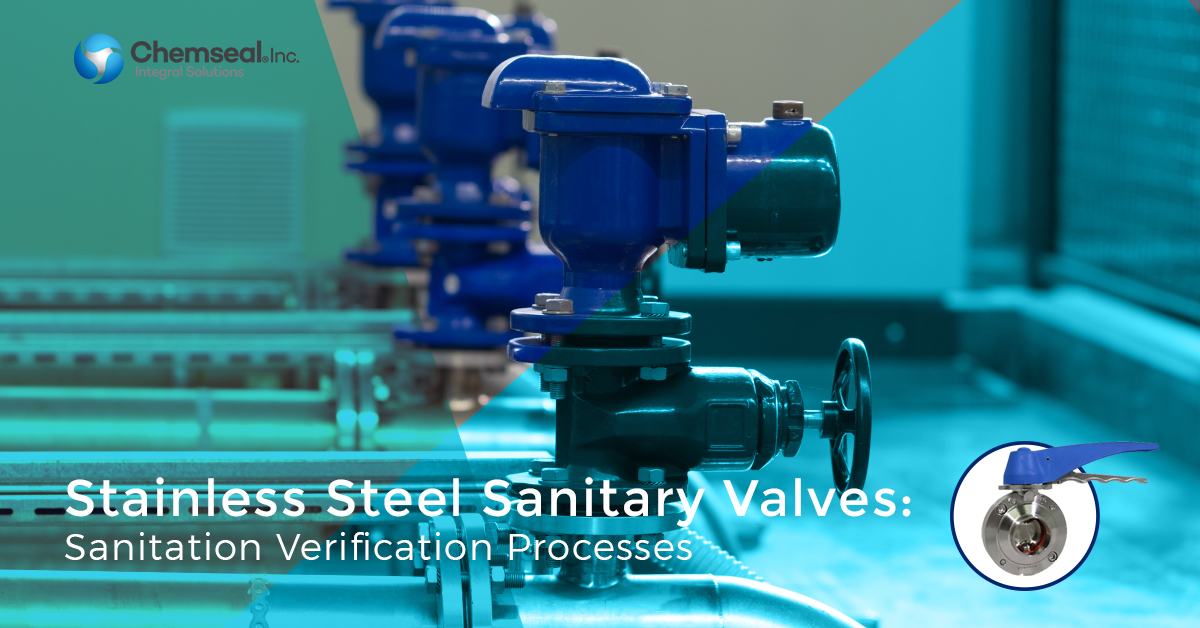
In our recent blog posts as of late, we’ve been touching on the sheer importance of proper food sanitation and food safety. Without following the necessary steps and regulations to ensure that surfaces and food safety equipment is sanitized in any operation, companies risk foodborne illness and outbreaks of highly unwanted disease. Fortunately, there are many strict measures put into place with industries like food and beverage production that Chemseal is proud to partner with.
Sanitary Stainless Steel Is Our Specialty
We have a reputation for providing high-quality sanitary stainless steel valves and other sanitary fittings for not only the food and beverage industry but also for the biotech and dairy industries. Because stainless steel is such a hygienic and easy to clean surface, it’s no wonder why it is used so commonly as a resource in manufacturing and production operations. Plus, with our incredible selection of various sizes and thread fittings, we’re absolutely confident that we’ll provide your business with the perfect fit in the integral solutions market.
Verification To Ensure A Hygienic Environment
Verification is an extremely important part of ensuring a clean and sanitized production environment. In today’s blog post, we’re going to take a closer look at some of these verification processes. If it’s sanitary butterfly valves or other stainless steel valves that you need for your operation, Chemseal has you covered. For sanitary tubing or other sanitary stainless steel components, feel free to browse our main collection.
Visual Inspection
Several test points based on the surface and product type must be identified and inspected thoroughly in any food or beverage manufacturing operation. Additional factors such as the hygiene zone and risk level must be verified before production can even begin.
While mere visual inspection doesn’t come across as very scientific or even legitimate, it has its place in food sanitation verification. As you might imagine, visual inspection allows for the overall assessment of surfaces and equipment, and its definition can be taken at face value: It means visually inspecting a piece of equipment or surface for cleanliness. Although the method is still used for many reasons, visual inspection is flawed because it is inherently subjective - even if a surface appears to be clean, that does not necessarily mean that it is actually clean. So, visual inspection should be documented and utilized as a supplement to other methods in the verification process instead of being solely relied on.
Microbial Enumeration
This is a tool used to verify cleaning and sanitation that involves estimation of microbial loads through direct counting of colonies in a microbiological medium. This verification method also used indicator organisms in addition to pathogens. So while microbial enumeration is a great way to accurate estimate the number of microbial loads on surfaces, its main limitation lies in the amount of time it takes to obtain results, which is 24-48 hours.
ATP Measurement
This is the most complicated yet effective approach to sanitation verification, and ATP measurement is also the most common rapid verification approach used by most facilities. By measuring the levels of ATP (adenosine triphosphate) on surfaces or in closed systems through a rinse water sampling, this allows for assessment of sanitary conditions after cleaning. Overall, ATP measurement has become an invaluable method for determining sanitary conditions over the past several years.
ATP is present in all living cells, including human cells - you probably learned about ATP in science class at some point. Due to ATP’s universal presence, this makes it the ideal molecule to test for in order to verify that no organic material remains on a cleaned surface. Most ATP systems, while seemingly complex, are actually fairly simple to use and provide an indirect estimation of microbial contamination and residual organic matter that may still be present. Instruments used to detect ATP, known as luminometers, can be photodiode or silicon-based among other emerging technologies. Indeed, as technology progresses, the food sanitation industry will benefit!
Sanitation Starts With The Right Materials
There’s no argument that stainless steel makes the best sanitary fittings, sanitary valves, and more. That’s why we solely use stainless steel as a material for all of our integral solutions here at Chemseal. With all of the importance on food sanitation and sanitation in general, your process-based company needs the best quality materials for your equipment. Shop Chemseal’s selection of sanitary stainless steel butterfly valves and other sanitary valves today!
 Sep 1st 2017
Sep 1st 2017 Recent Posts
-
Nov 7th 2022
What Is Food-Grade Stainless Steel Tubing?
Businesses that produce food and beverage products must operate hygienically. Sterile environments a …Nov 7th 2022
-
Oct 11th 2022
Why Sanitary Fittings Are Important for the Medical Industry
Sanitary fittings are useful for many industries. Food and beverage manufacturers have used these to …Oct 11th 2022
-
Sep 23rd 2022
What Is the Max Operating Temperature for Stainless Steel?
Stainless steel is valued in many industrial applications because it’s capable of withstanding high …Sep 23rd 2022

